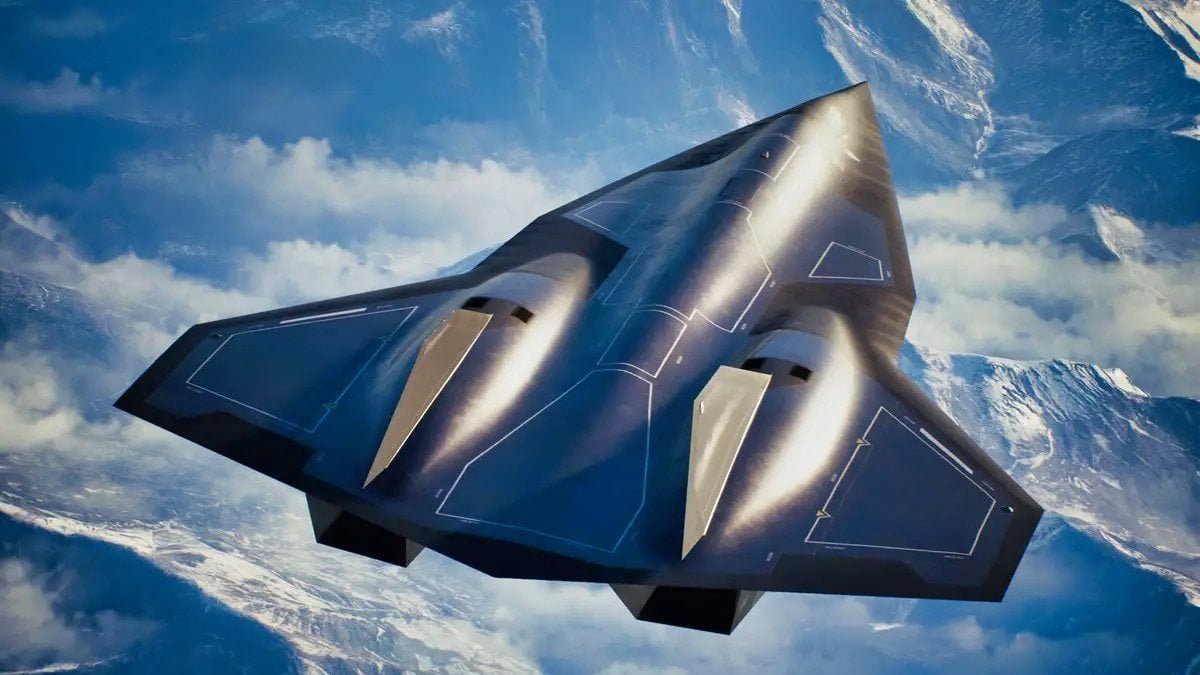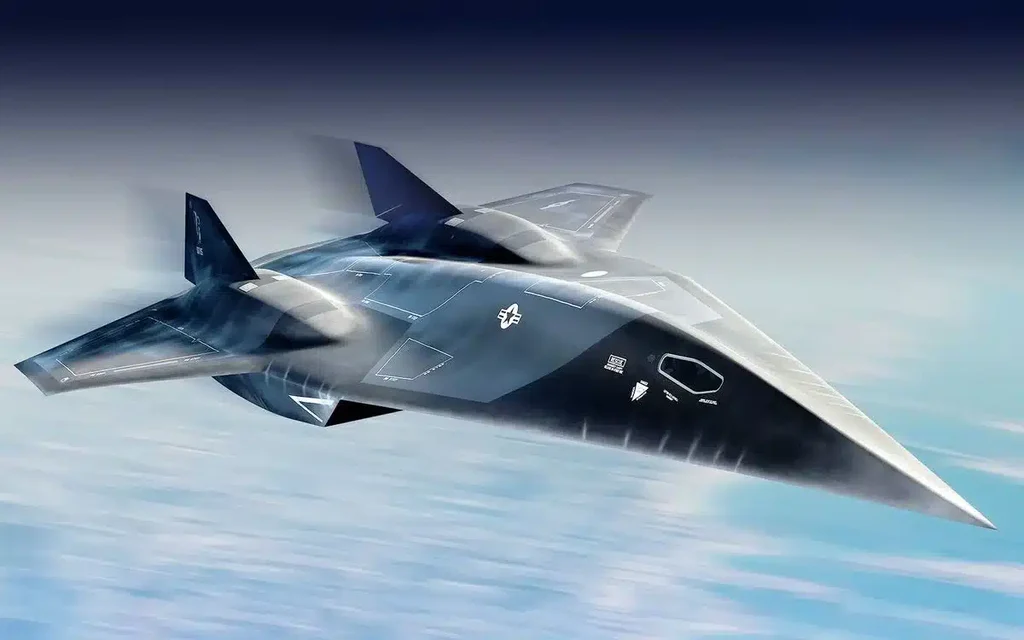The Lockheed Martin SR-72 has captured global attention with its bold promise: to travel at hypersonic speeds and become the most advanced reconnaissance aircraft ever built. A successor to the legendary SR-71 Blackbird, the SR-72 aims to revolutionize modern military aviation with its speed, stealth, and surveillance capabilities.
The Legacy of the SR-71 Blackbird
Before diving into the SR-72, it’s crucial to understand the immense legacy it aims to surpass. The SR-71 Blackbird, developed by Lockheed’s Skunk Works division in the 1960s, was an iconic high-speed reconnaissance aircraft that could cruise at speeds over Mach 3 and fly at altitudes exceeding 85,000 feet. It was virtually untouchable during its operational period, outrunning missiles and enemy aircraft with sheer speed.
Despite being retired in the late 1990s, the SR-71 remains one of the most revered military aircraft of all time. The Lockheed Martin SR-72 project was announced with the ambitious goal of not just matching, but exceeding the Blackbird’s capabilities.
Introducing the Lockheed Martin SR-72
Dubbed the “Son of Blackbird,” the Lockheed Martin SR-72 is being developed as a hypersonic unmanned aircraft capable of reaching speeds of Mach 6 — twice the top speed of the SR-71. This leap in performance represents a transformative shift in the way nations approach reconnaissance and strike missions.
The SR-72 is also being designed to carry out precision strike missions, meaning it won’t just gather intelligence — it will be able to hit high-value targets with pinpoint accuracy. The integration of surveillance and attack roles makes it a formidable force in modern warfare.
Hypersonic Technology: A Game Changer
At the heart of the Lockheed Martin SR-72 is its cutting-edge propulsion system. Unlike traditional jet engines, the SR-72 is expected to use a combination of turbine and scramjet engines. This hybrid system allows it to take off using a turbine engine and switch to scramjet propulsion at hypersonic speeds.
The use of scramjet (supersonic combustion ramjet) technology allows the SR-72 to maintain combustion at extremely high velocities, pushing the aircraft to speeds beyond Mach 5. At such speeds, the SR-72 could fly from New York to London in under an hour, making it not just a military marvel but a glimpse into the future of aviation.
Strategic Military Advantages
The Lockheed Martin SR-72 isn’t just about speed — it’s about maintaining air superiority in a changing global landscape. As adversaries like China and Russia develop anti-access and area-denial (A2/AD) systems, the U.S. needs platforms that can penetrate hostile airspace undetected and respond quickly.
The SR-72’s hypersonic speed makes it incredibly hard to intercept. Current missile defense systems are not equipped to handle threats moving at Mach 6. Moreover, the SR-72’s potential stealth features further enhance its survivability in contested environments.
For intelligence agencies and defense strategists, the SR-72 represents a strategic asset capable of delivering real-time data or even launching rapid, surgical strikes deep within enemy territory — all without placing human pilots at risk.
Unmanned but Not Uncontrolled
One of the most revolutionary aspects of the Lockheed Martin SR-72 is its unmanned design. While the SR-71 was piloted, the SR-72 will likely be controlled remotely or semi-autonomously. This removes the risks associated with manned high-speed flight, especially in hostile areas.
Unmanned capabilities also allow for greater design flexibility. Without the need for life-support systems or cockpit reinforcement, the aircraft can be optimized for speed, range, and payload.
Development and Challenges
The project has been shrouded in secrecy since it was first announced around 2013. However, there have been reports and speculation that a prototype — possibly known as the SR-72 “Darkstar” — has already undergone test flights.
That said, hypersonic technology is still a developing field, and the Lockheed Martin SR-72 faces numerous challenges. These include:
-
Thermal management: At Mach 6, temperatures on the aircraft’s surface could exceed 1,000 degrees Celsius.
-
Material science: Lightweight yet heat-resistant materials must be used to build the airframe.
-
Guidance and control: Maintaining flight stability and accuracy at hypersonic speeds requires incredibly sophisticated control systems.
Lockheed Martin has reportedly been working closely with DARPA and the U.S. Air Force to tackle these issues, using decades of experience from programs like the HTV-2 (Hypersonic Technology Vehicle) and X-43A.
Hollywood Hype: The SR-72 in “Top Gun: Maverick”
Interestingly, the Lockheed Martin SR-72 received pop culture exposure through its fictionalized version in the 2022 blockbuster Top Gun: Maverick. In the film, Tom Cruise’s character flies a futuristic hypersonic jet called “Darkstar,” which closely resembles concept art of the SR-72.
Though the jet in the movie is fictional, it stirred public curiosity about the real SR-72 project, giving a taste of what high-speed aerial combat could look like in the near future.
The Future of Hypersonic Warfare
As the arms race moves into the hypersonic era, the Lockheed Martin SR-72 represents the cutting edge of aerospace innovation. Its successful development would give the U.S. a powerful edge in both defense and deterrence.
With the growing importance of speed, stealth, and precision, the SR-72 is not just a successor to the SR-71 — it’s a leap into the future of military aviation. Whether used for intelligence gathering or swift strikes, the Lockheed Martin SR-72 could redefine how wars are fought in the 21st century.







